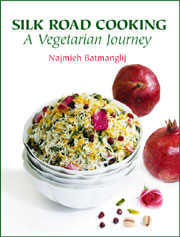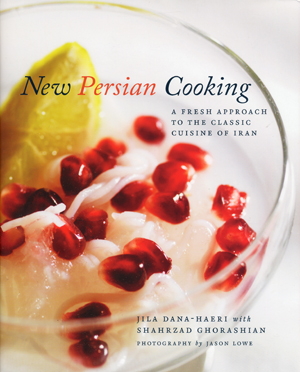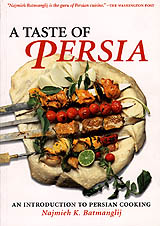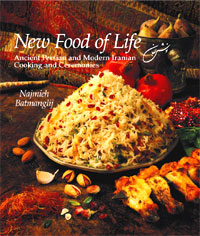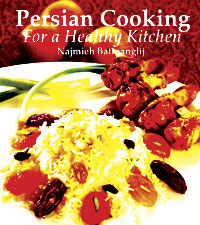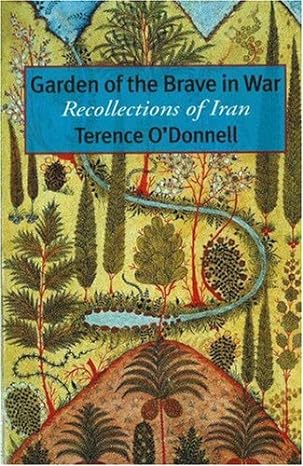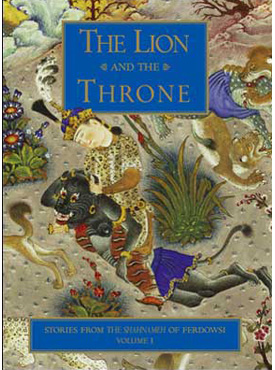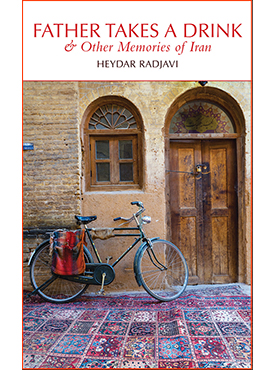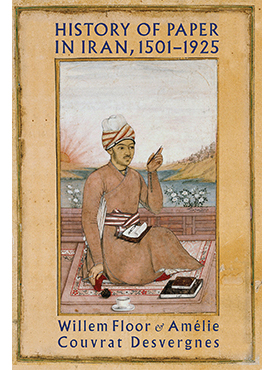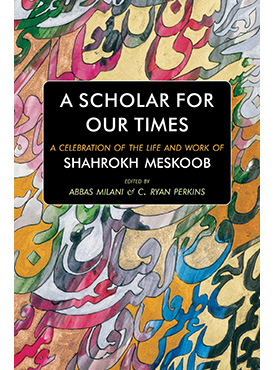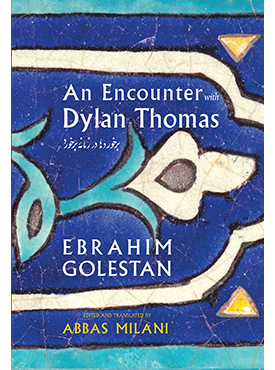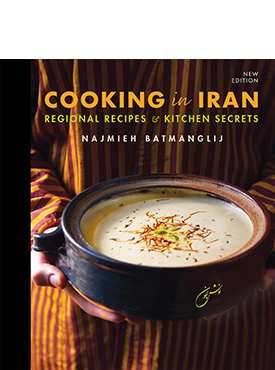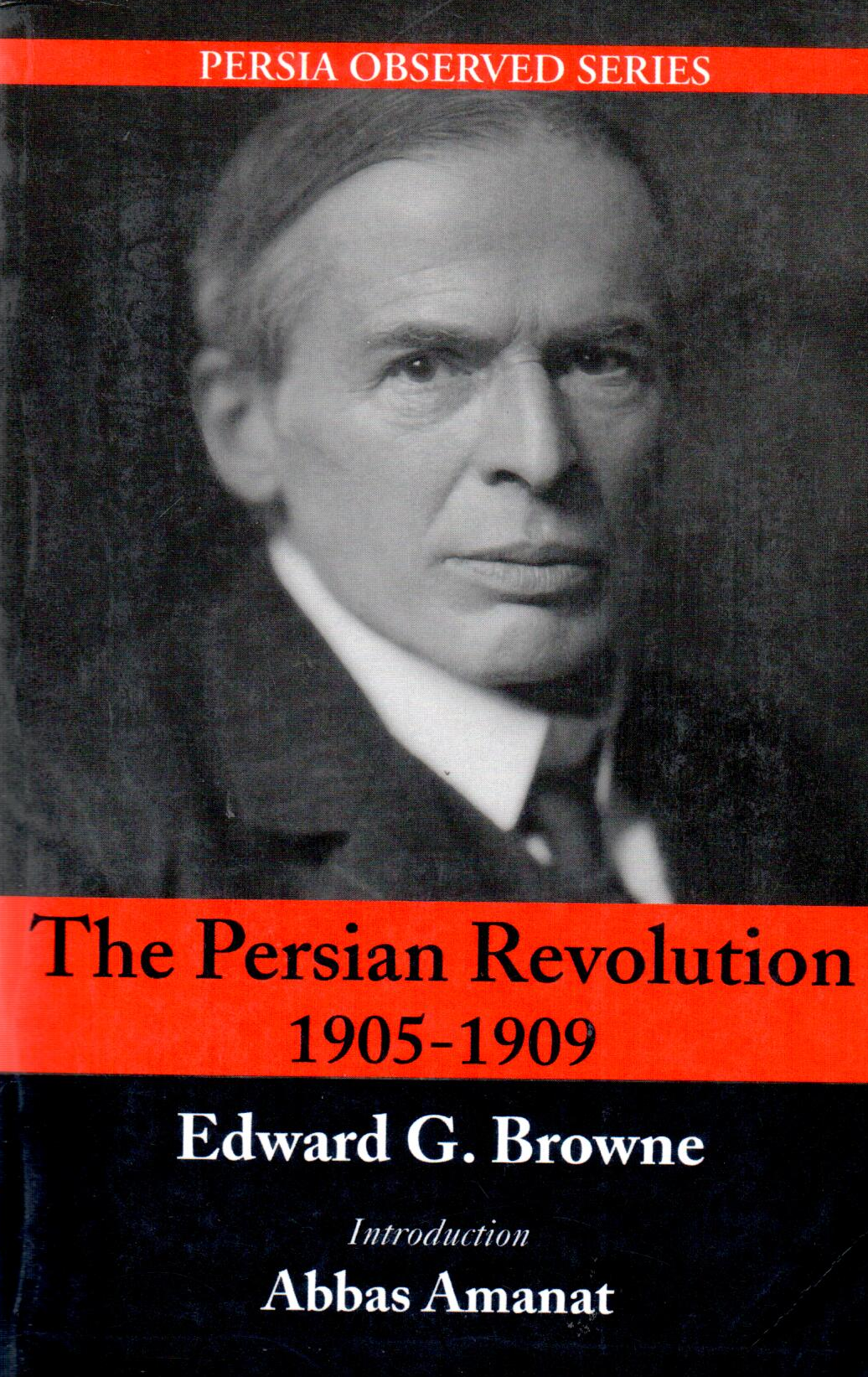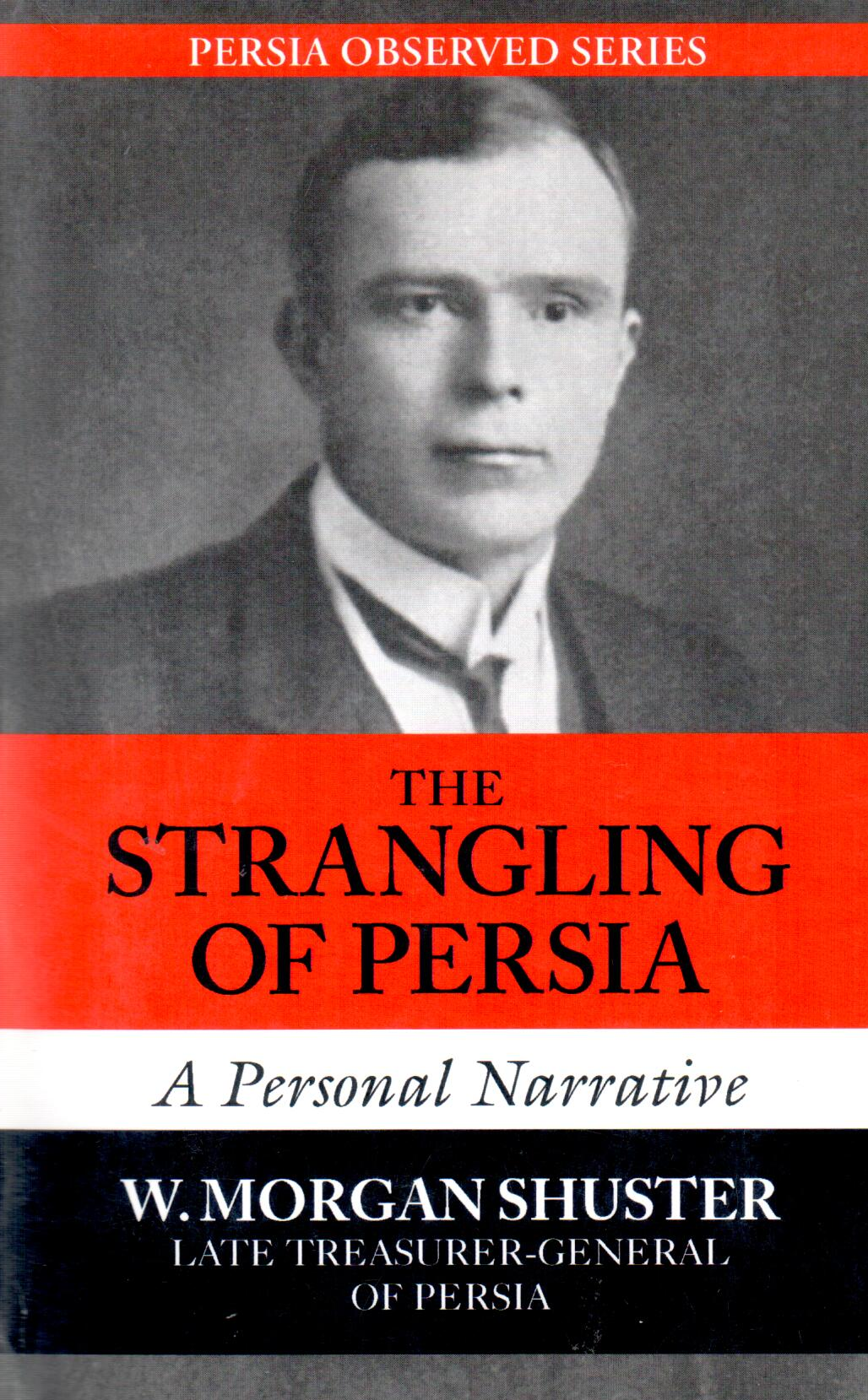Silk Road Cooking, A Vegetarian Journey انگلیسی 2004
Silk Road Cooking, A Vegetarian Journey
63٫31 £
اشتراکگذاری
Wishlist
شابک:
0934211965
ناشر:
MAGE PUBLISHERS
گروه سنی:
بزرگسال
صفحات:
336
وزن:
1950 g
ابعاد:
23 x 29 x 2٫35 cm
جلد کتاب:
شومیز
Come join me on a voyage of culinary discovery, along a path that stretches through the ages and across half the world, from China in the east to the Mediterranean in the west. The path is the ancient network of trading routes known today as the Silk Road.
Cooking traditions are often defined in geographic terms; a cuisine may be associated with a particular province, for instance, or a country or perhaps a wider region such as the Mediterranean. To speak of Silk Road cooking is to invoke spaces and distances far greater, continental in scope. But while the unity is more elusive, it is very real, created by exchanges so slow and subtle as to be almost imperceptible. For centuries -- along with the silk, ivory, incense and other trade goods flowing over the vast network -- vegetables, fruits, grains and cooking techniques passed from one civilization to another, to be absorbed and transformed into local specialties. This process of mutual enrichment shaped the cuisines of far-flung cultures in profound ways, especially their vegetarian dishes. It is one of the great stories of cooking -- yet one of the least known.
I was born in Iran, a country positioned at the center of the
more
Come join me on a voyage of culinary discovery, along a path that stretches through the ages and across half the world, from China in the east to the Mediterranean in the west. The path is the ancient network of trading routes known today as the Silk Road.
Cooking traditions are often defined in geographic terms; a cuisine may be associated with a particular province, for instance, or a country or perhaps a wider region such as the Mediterranean. To speak of Silk Road cooking is to invoke spaces and distances far greater, continental in scope. But while the unity is more elusive, it is very real, created by exchanges so slow and subtle as to be almost imperceptible. For centuries -- along with the silk, ivory, incense and other trade goods flowing over the vast network -- vegetables, fruits, grains and cooking techniques passed from one civilization to another, to be absorbed and transformed into local specialties. This process of mutual enrichment shaped the cuisines of far-flung cultures in profound ways, especially their vegetarian dishes. It is one of the great stories of cooking -- yet one of the least known.
I was born in Iran, a country positioned at the center of the
more

